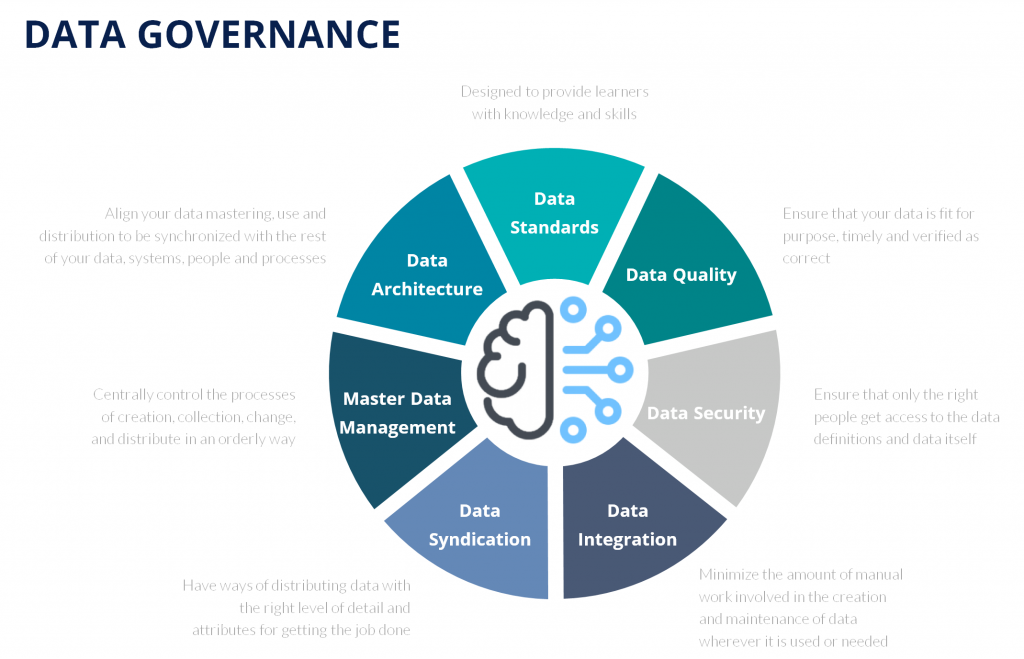I think we all appreciate that little touch of personalization or customization of an interaction with a company or brand as long as we think it was thoughtful, non-intrusive and not tacky.
The question, though is how do you do that exactly in a tasteful and respectful way?
In days past one of the things that certain kinds of retailers were very good at, was the concept of the “personal shopper” or the knowledgeable customer service consultant who knew something personal about you and your tastes.
Consider it somewhat akin to having a tailored shirt or suit, or a custom pair of shoes.
A fundamental question, is why do we like that personalized and custom experience? It’s not for everyone, and definitely not appropriate for every random retail engagement but the evidence suggests that customers are ready to pay more for customization.
Customers also recognize that customization services require dedicated resources in the realm of personalized product development with niche dedicated resources.
As a small or medium-sized business your vision for retention of customers and to draw them into coming back for more, you want to think about how you can strategically plan a customization engagement to maximize the customer experience. The benefits will often far outweigh the expenditure you make in support of personalization.
Nordstrom, Inc. is an American luxury department store chain. Founded in 1901 by John W. Nordstrom and Carl F. Wallin, it originated as a shoe store and evolved into a full-line retailer with departments for clothing, footwear, handbags, jewellery, accessories, cosmetics, and fragrances. Wikipedia
One of the distinguishing traits of Nordstrom Inc is that for their high-end customers they offer a Personal Stylist service. Despite the prevalence of “fast fashion” on the main street personal stylists are important as brand ambassadors and ensure that you maximize customer lifetime value (CLV).
“Customers are assets to be cared for and nurtured.”
Jeanne Bliss – Founder and President of CustomerBliss
Armelle Ferguson is someone who should know. Armelle frames herself as “an Ethical Personal Stylist & Sustainability Coach for women with ethical values, who want to live a better, fulfilled life, and reach their goals while looking good in clothes that reflect them and their values. ” Armelle does this by working with clients on an 8-week program developing around what she calls a “6C Framework”. For certain kinds of consumers this is a perfect way to meet a number of objectives, namely, look good and feel good, and actually do good.
Not every consumer can afford a personal stylist though, and not every consumer has the patience, and indeed, there are probably not enough stylists to go around for all the consumers that are out there. At scale, your business probably also cannot afford to offer it as a service.
What Armelle is doing though, is through meetings and discussions and show and tell, and above all ‘listen’, is that she is able to formulate a vision of that customer that she can then leverage to personalize and customize the fashion acquisition statement around.
That gathering of data is likely the same for pretty much every customer but for scale, the trick is to maintain a centralized customer data repository that is continuously maintained and accessible to all the important parts of your business.
Older generations may be more familiar with personalization offers by merchants but that doesn’t mean it doesn’t hold appeal for Millenials too. In fact, if anything, if you work on personalizing the experience for this generation of customers you’re targeting longer-term retention and lifetime value growth.
This next generation will enjoy the personalization of goods and services but they’re savvy enough to see through the faux customization of you simply attaching a name to an email! You need to entice the millennial consumer, doing that requires data to inform your decisions.
Customer master data management is all about gathering the right data and the right levels of data to support business choices about how you are going to tackle the customization and personalization challenges.
Customer experience personalization has traditionally been a time-consuming process, the cycle involves understanding customers’ requirements, collecting samples, and sending them back and forth to the manufacturing team – chances are you are not going to do that, but what you can do is ask the customer what they like, what they prefer and all the vital statics that can drive an optimized eCommerce or in-store experience.
You could do this in a number of ways. But we think that the Pretectum approach to customer master data curation is one of the most flexible and affordable. Supporting many ways to gather, house, and maintain the data opportunities that personalization requires. Reach out today to learn more.





